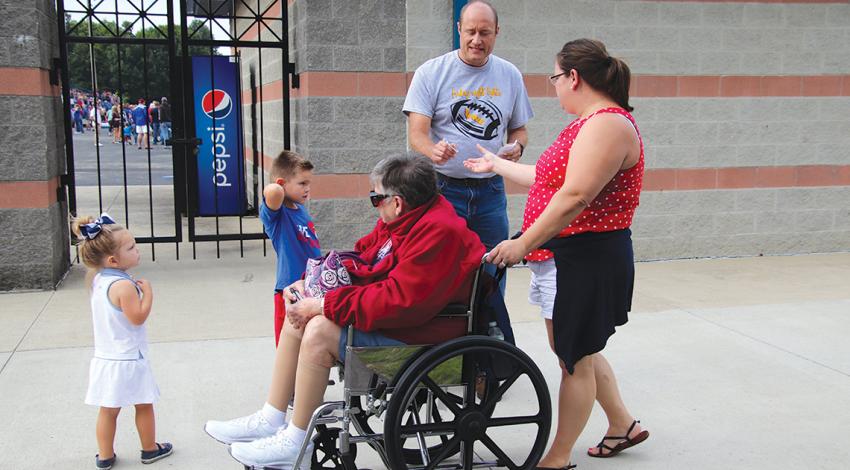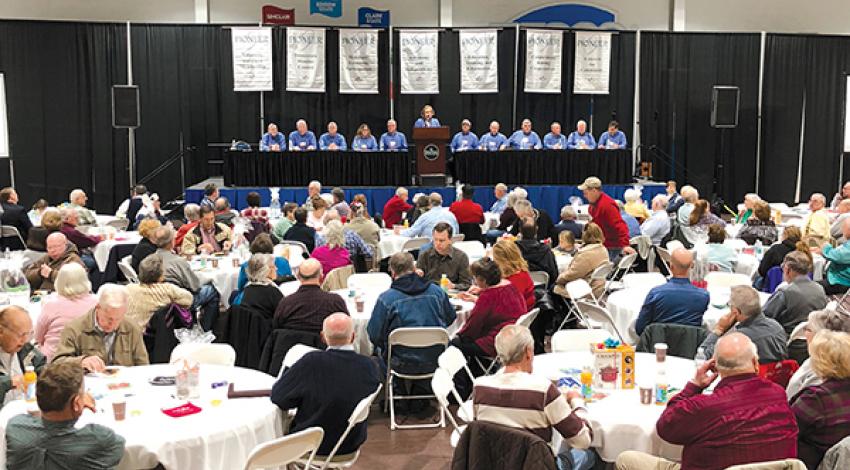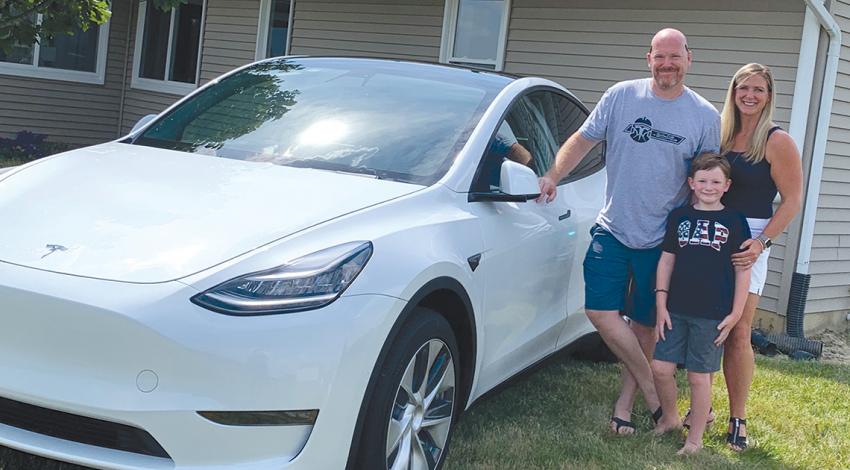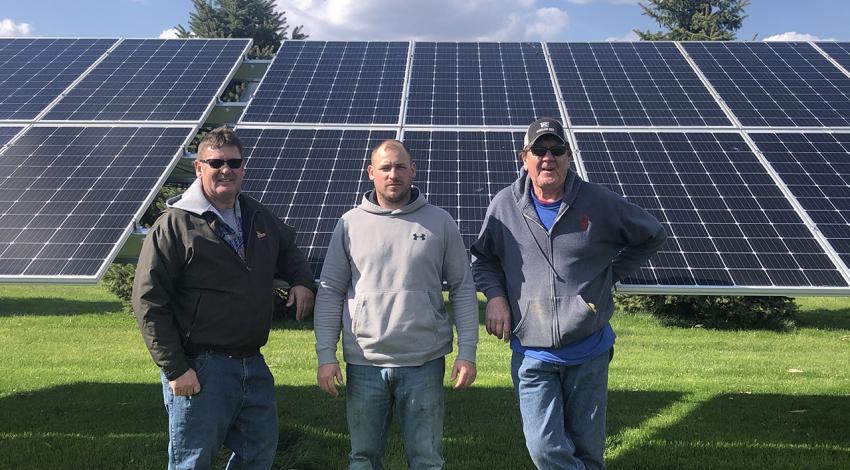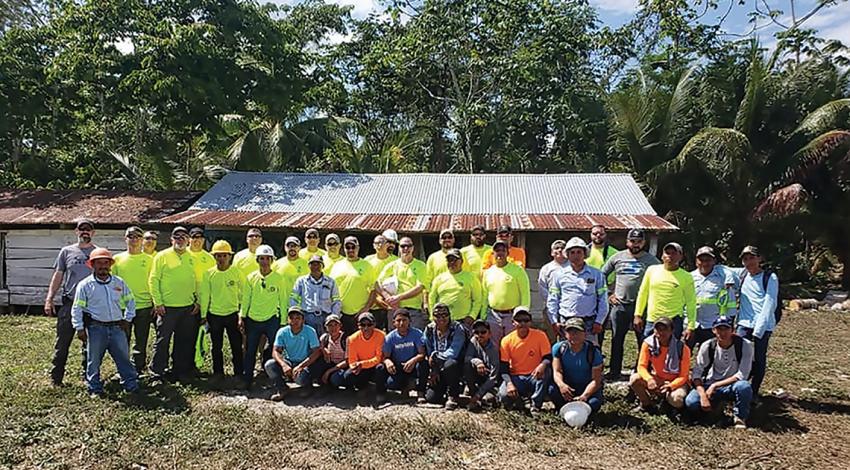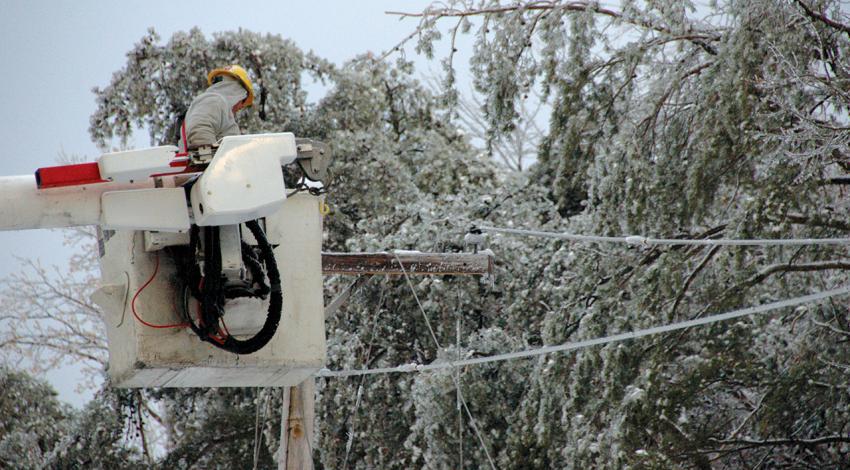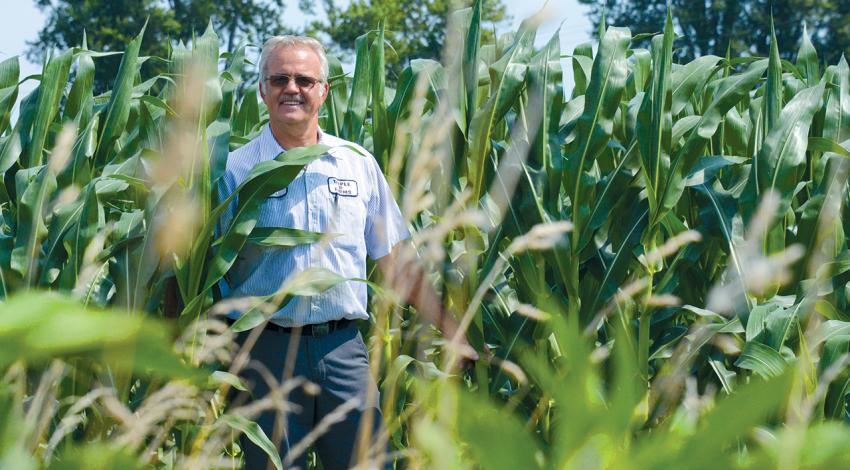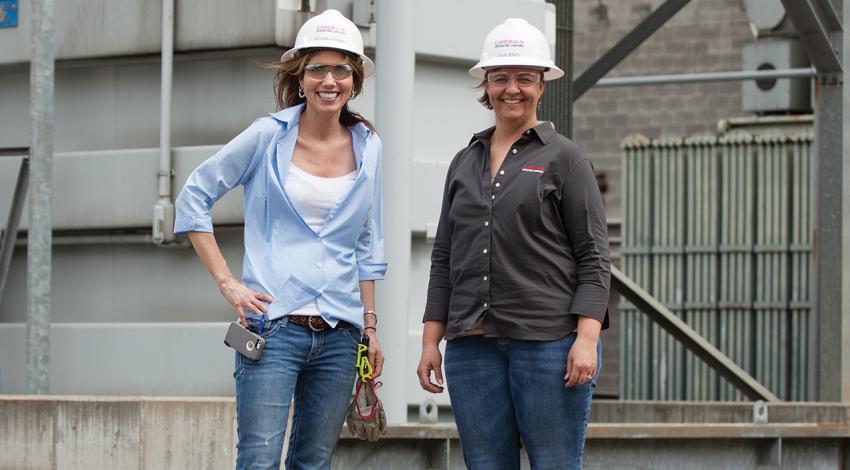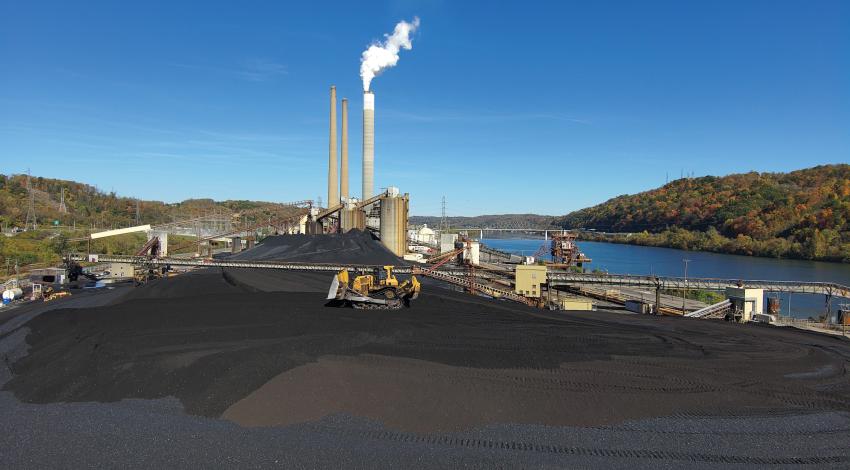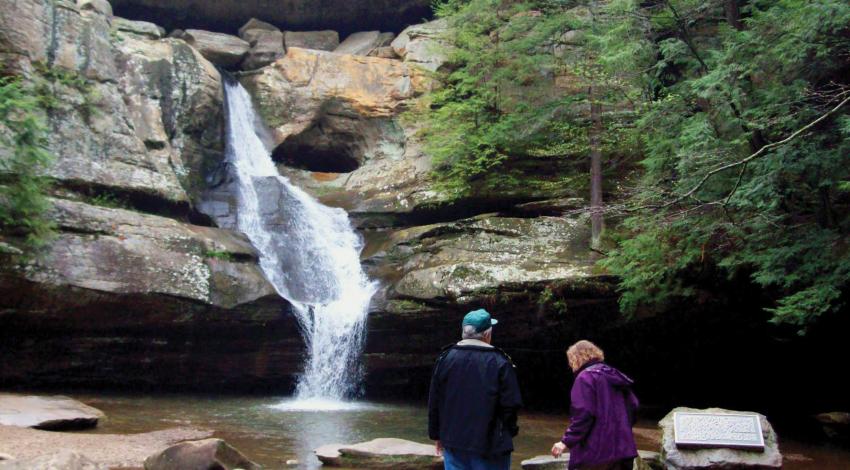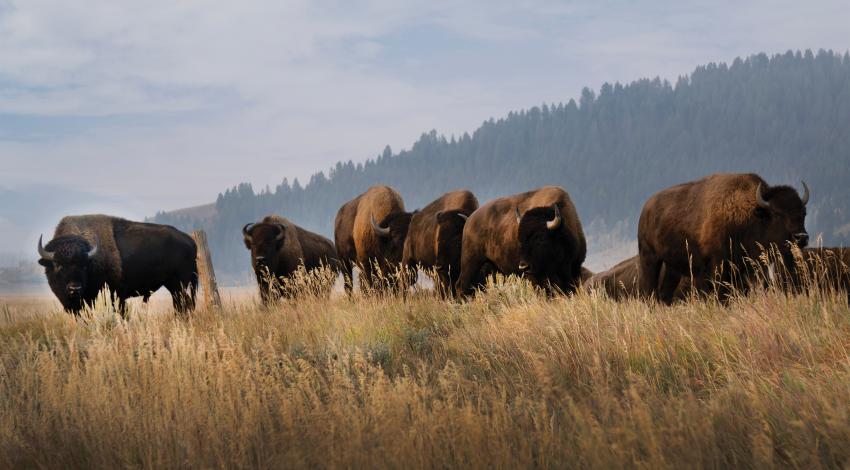Every now and then, Anthony Smith, president and CEO of Union Rural Electric Cooperative in Marysville, finds he’s dashed out of the house in the morning without eating breakfast, so he ends up in the drive-thru lane at the fast-food place next to his office to grab a bite
Every now and then, Anthony Smith, president and CEO of Union Rural Electric Cooperative in Marysville, finds he’s dashed out of the house in the morning without eating breakfast, so he ends up in the drive-thru lane at the fast-food place next to his office to grab a bite on his way to work.
